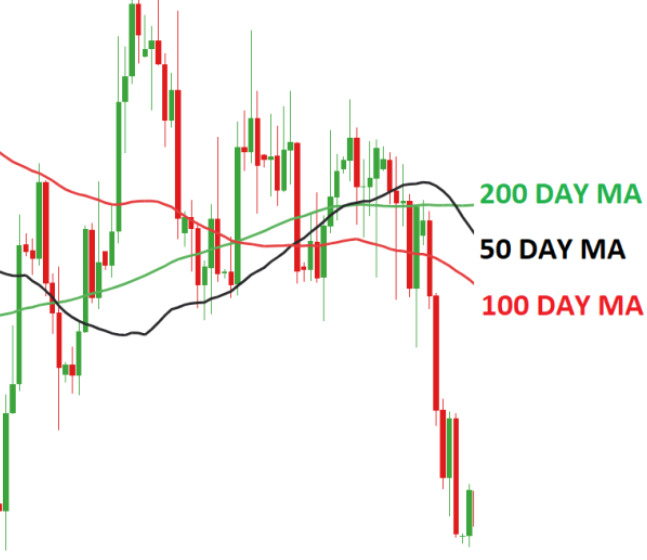Effective macro trading relies not just on generating signals, but on evaluating their reliability and economic value. A sound evaluation framework helps traders identify signals that are consistent, statistically valid, and potentially profitable—while accounting for the seasonality and structural complexity of global markets. This article outlines a practical three-step approach to assess macro trading signals, focusing on statistical relevance, forecasting precision, and profitability potential.
Step 1: Measuring Predictive Power with Panel Correlation
The first step in assessing a macro signal’s viability is examining its statistical relationship with future asset returns. This is done using panel correlation analysis, which studies how signals relate to returns across both countries and time. A crucial metric in this step is forward correlation—whether today’s signal value can reliably predict tomorrow’s return.
Given that macroeconomic conditions often move in global cycles, traditional correlations can be misleading. A tailored panel regression that accounts for shared global influences allows for a cleaner test. For a signal to be considered robust, it should consistently show predictive power across countries, rather than relying on just global averages.
Step 2: Evaluating Signal Accuracy and Stability
Accuracy goes beyond correlation by checking how often a signal correctly anticipates the direction of future returns. This involves calculating metrics like standard and balanced accuracy—the latter adjusts for biases in the historical direction of returns or the signal itself.
Signals that perform well in both rising and falling markets are more dependable, especially in macro contexts where regime shifts can be abrupt. It’s also essential to verify the resilience of accuracy and correlation metrics across different time frames and geographies. A truly effective signal should deliver consistent results, not just during favorable market conditions.
Step 3: Testing Economic Value Through Naïve PnL
The final step is estimating a signal’s practical value using a simplified profit-and-loss (PnL) simulation. These “naïve” PnLs assume monthly rebalancing based on normalized signal strength, capped for risk control. Though they don’t account for transaction costs or institutional constraints, they provide a clean look at whether the signal has historically led to sustained returns.
Strong long-term returns, stable Sharpe ratios, and low correlation with major asset classes suggest a signal can add value to a broader investment strategy. Importantly, traders should also consider the seasonality of returns and concentration of profits in specific periods, which influence portfolio risk and drawdown profiles.
Implementing the Framework with Macrosynergy Tools
This three-step evaluation process can be implemented with purpose-built tools in the Macrosynergy Python package, which supports panel-based signal analysis and return modeling. Specialized classes handle each step:
CategoryRelationsmanages panel correlations and visual regression diagnostics.SignalReturnRelationsprovides accuracy metrics and directional bias analysis.NaivePnLenables simplified PnL construction and performance reporting.
Each tool facilitates structured evaluation, promoting transparency and reducing the risk of overfitting or data mining—common pitfalls in signal development.
A Case Study: Macro Trend Pressure in Interest Rate Strategies
To demonstrate the framework in action, consider a strategy based on macro trend pressure—a signal combining excess GDP growth, inflation, and credit expansion. These indicators reflect the likelihood of central bank policy tightening and are evaluated against interest rate swap (IRS) returns in 22 global markets.
Directional Strategies: G2 and Small Markets
For the U.S. and euro area, macro trend pressure showed strong negative correlation with fixed-income returns. This aligns with expectations: overheating economies lead to rising yields and lower fixed-rate bond prices. Predictive accuracy consistently hovered above 55%, and naive PnLs showed meaningful long-term profitability, though returns were episodic and concentrated in times of economic turbulence.
Similar results held for 20 smaller economies, especially when local signals were averaged with those from the U.S. and euro area. While accuracy was slightly lower and returns more volatile, the overall Sharpe ratios exceeded 1. However, value generation was also seasonal, tied to periods of macro stress.
Relative Value Strategies Across All Countries
Signals comparing one country’s macro pressure to the global average enabled relative-value positioning, such as going long in lower-pressure markets and short in higher-pressure ones. Though the indicators were cruder, performance was less seasonal and drawdowns more moderate. This suggests relative-value approaches can complement directional strategies by smoothing out timing risk.
Final Thoughts
Evaluating macro trading signals requires more than a backtest. By combining statistical rigor with intuitive economic logic, the three-step framework outlined here helps traders build confidence in their signals. Metrics such as forward correlation, directional accuracy, and naive PnL profiles provide a holistic view of signal quality.
Macro signals based on excess growth, inflation, and credit trends have shown consistent predictive value across time and markets. Still, their effectiveness is often episodic, highlighting the need to combine them with other signals and refine indicator construction. Ultimately, robust evaluation is as essential as the signal itself—especially in a world where economic conditions evolve faster than ever.
